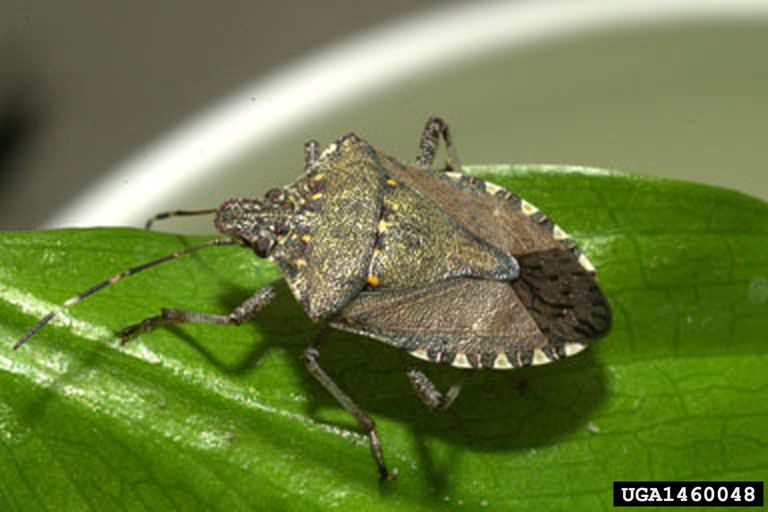Stink Bug Invasion Promises Foul Fall

An invading force is laying the groundwork for a coup in the United States this year, and it's going on right under our noses. The brown marmorated stink bug, an insect species from Asia that has been steadily expanding its range since it landed on the East Coast 15 years ago, will begin to sneak into the homes of unprepared Americans by the hundreds in the coming weeks, entomologists say.
And because of an unusual late-season surge in the invasive pest's numbers, scientists and crop specialists worry that the bug could make one of its strongest showings ever when it comes out of hiding in the spring.
"We've seen increases in populations over the last month or so," said Tracy Leskey, a research entomologist with the U.S. Department of Agriculture. "This is something that's different than in 2011."
Behind the invasion
In early fall, the stink bugs start to look for shelter in warm, indoor crannies, and attics are among their favorite places to set up thousands-thick overwintering settlements. A late batch of stink bug nymphs was born last October, but the majority probably perished in the field before maturing, Leskey told Life's Little Mysteries.
This year, however, two full generations have already managed to reach maturity ― likely due in part to an early spring ― so more will be ready to weather the winter and start multiplying as soon as spring arrives, according to Leskey. [Image Gallery: Invasive Species]
In the United States, brown marmorated stink bugs are most prevalent in the Mid-Atlantic states. A recent national survey conducted by Hometeam Pest Defense found that 59 percent of Washington, D.C., homeowners had had problems with the bugs, making the nation's capital their densest urban stronghold. But the invasive species has now spread to 38 states, including California and Oregon, according to USDA-funded research.
Sign up for the Live Science daily newsletter now
Get the world’s most fascinating discoveries delivered straight to your inbox.
Who should worry?
Beyond the unpleasant smell they release when frightened or smashed, the pests pose no threat to homeowners. But their wide-ranging appetites and their dearth of natural predators in the United States make them a costly concern to farmers.
"About anything that makes a seed or a fruit they'll eat," said Ames Herbert, an entomologist at Virginia Tech University who researches ways to protect Virginia's soy bean crop from the brown marmorated stink bug.
Herbert said crop infestations in Virginia were not as densely populated this year as they were in 2011 but that the bug has roughly doubled its range since last year, with colonies registered in about 40 of the state's 95 counties.
There are no comprehensive estimates on the economic damage caused by stink bugs, but an analysis by the U.S. Apple Association found that stink bugs cost Mid-Atlantic apple growers $37 million in 2010.
What to do?
Both Leskey and Herbert are hopeful that coordinated research and surveillance efforts will help turn the tide against the stink bug. Leskey said researchers have isolated an important stink bug pheromone, which could revolutionize trapping efforts.
She also said an Asian wasp that is one of the bug's natural predators is being tested for introduction to the United States.
Homeowners who want to avoid harboring stink bugs for the winter should make sure their homes are well-sealed, Leskey said.
Follow Life's Little Mysteries on Twitter @llmysteries. We're also on Facebook & Google+.











